Living Your Best With ADPKD
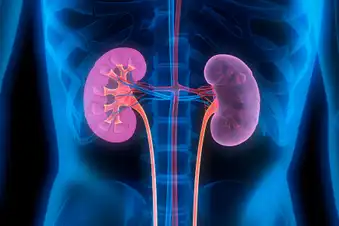
Live Better With ADPKD
Autosomal dominant polycystic kidney disease, or ADPKD, causes painful kidney cysts. You may have back pain, headaches, blood in your urine, high blood pressure, and kidney infections and stones. There’s good news: A healthy diet and active lifestyle can make a big difference in how you feel every day.

Exercise and Stay Fit
With ADPKD, regular exercise builds muscle strength and stamina. It helps you manage blood pressure, too. Try to walk, bike, or swim for about 30 minutes on most days of the week. Drink plenty of water. Avoid contact sports and things like horseback riding. A fall or rough bump could injure your kidneys.
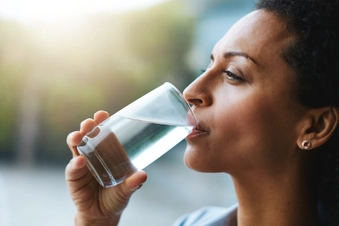
Stay Hydrated
Drink water or other fluids all day to lower your risk of kidney stones. Water keeps your kidneys working well. It also lowers vasopressin, a hormone that promotes kidney cyst growth. Water is best, but any low-salt fluid without caffeine or sugar should keep you well-hydrated.

Eat Healthy Food
What you eat won’t prevent kidney cysts. But good nutrition helps you fight infections and process waste through your kidneys. Get plenty of fiber in fresh veggies, fruits, and whole grains. Cut back on sugar, salty foods, and red meats. Choose healthy fats from walnuts, olive oil, flaxseed, or cold-water fish like salmon.
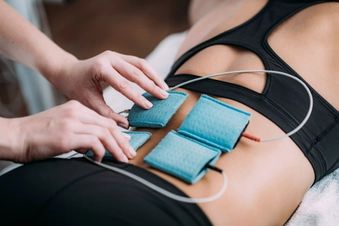
Get a TENS Unit for Pain
Do you have chronic back or side pain from kidney cysts? Transcutaneous electrical nerve stimulation, or TENS, is one treatment you can do at home. You apply small pads to your skin, and the gadget sends a mild electrical signal to the area that hurts. It can ease your aches with almost no side effects.
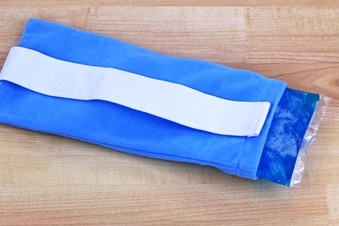
Try Heat or Cold Packs
Heat or cold packs can ease a sudden pain flare that could come with ADPKD. Apply cold with ice packs, a bag of frozen peas, or a washcloth soaked in cold water. If heat soothes your pain, use a heating pad or damp, hot towel. Don’t use either one for more than 15 minutes at a time.
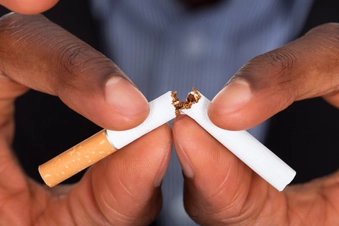
Don’t Smoke
Smoking tobacco raises your blood pressure. Smokers with ADPKD have higher chances of having a heart attack or stroke. Smoking also boosts the amount of protein in your urine, which can make kidney damage worse. If you smoke, get help to kick the habit.

Get Plenty of Sleep
Getting at least 7 to 8 hours of sleep each night will help you feel better overall. Sleep helps you manage weight, blood pressure, and blood sugar. It can improve your mood and outlook. When you’ve slept well, you think more clearly. This helps you avoid slips or accidents that could cause a painful injury.
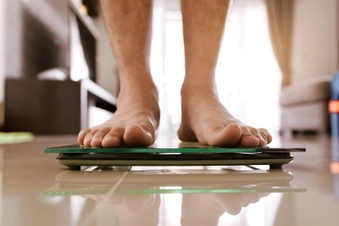
Stay at a Healthy Weight
Over time, ADPKD can cause kidney damage and kidney disease. This may happen sooner if you’re overweight or obese. That’s because extra pounds make your kidneys work harder. Obesity also raises blood pressure, which adds to the strain on your kidneys. Slim down to a healthy weight to protect your kidneys.
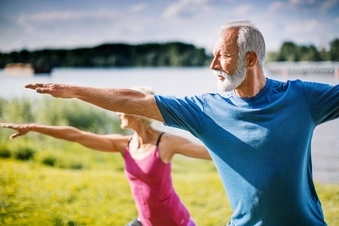
Manage Your Stress
Everyone has stress from time to time. But if it never stops, your blood pressure could spike. High blood pressure is a common complication of ADPKD. It can lead to kidney damage. Yoga and tai chi are great ways to manage your stress.
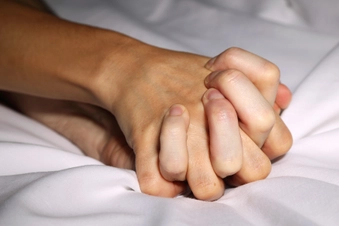
Enjoy Sex
ADPKD can affect your sex life. You may be in pain, feel tired, worry about an injury during sex, or find it uncomfortable. Talk to your doctor. Treatments and counseling can help with most sexual problems caused by ADPKD. Sex is a great way to manage stress of living with a chronic disease, too.

Talk It Out
ADPKD can make you anxious, depressed, or fearful about your future. Talk with a professional to learn ways to manage your feelings about the disease. You can discuss them with your doctor or get a referral to a counselor or therapist. Patient support groups can also help. They put you in touch with other people who have ADPKD.
Show Sources
IMAGES PROVIDED BY:
- peterschreiber.media/Getty Images
- E+/Getty
- iStock/Getty
- E+/Getty
- MICROGEN IMAGES / Science Source
- iStock/Getty
- iStock/Getty
- iStock/Getty
- iStock/Getty
- iStock/Getty
- iStock/Getty
- iStock/Getty
SOURCES:
Mayo Clinic: “Polycystic kidney disease.”
PKD Foundation: “Living with PKD,” “Balancing hydration and nutrition for PKD patients,” The top four things you should know about water,” “Nutrition.”
Advances in Chronic Kidney Disease: “Evaluation and Management of Pain in Autosomal Dominant Polycystic Kidney Disease.”
Polycystic Kidney Disease Charity: “Managing ADPKD Pain,” “Relationships and Sex,” “Help and Support.”
Piedmont Healthcare: “When to treat pain with ice vs. heat.”
National Institute of Diabetes and Digestive and Kidney Diseases: “What Is Polycystic Kidney Disease?”
General Medicine: “Effects of Smoking on ADPKD: Frequency of Vascular Events and Concentrations of Soluble CD-40 Ligand.”
Harvard Medical School: “Importance of Sleep: Six reasons not to scrimp on sleep.”
Journal of the American Society of Nephrology: “Overweight and Obesity Are Predictors of Progression in Early Autosomal Dominant Polycystic Kidney Disease.”
National Health Service (U.K.): “Keeping your kidneys healthy,” “Benefits of love and sex.”
National Kidney Foundation: “Polycystic Kidney Disease,” “Reducing Stress to Reduce PKD Symptoms.”